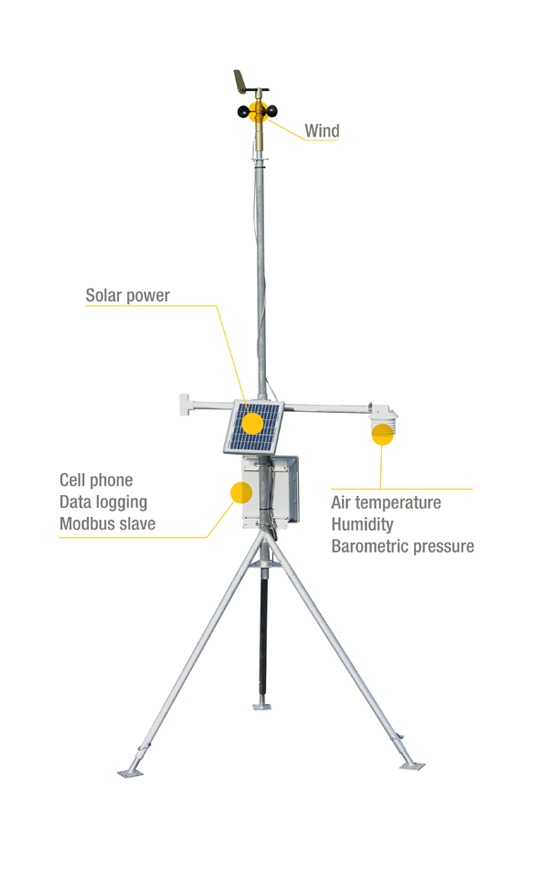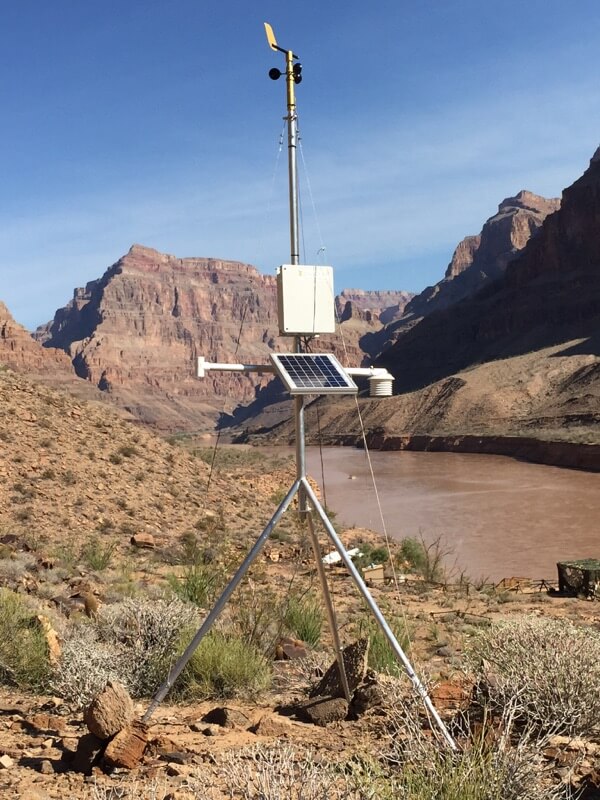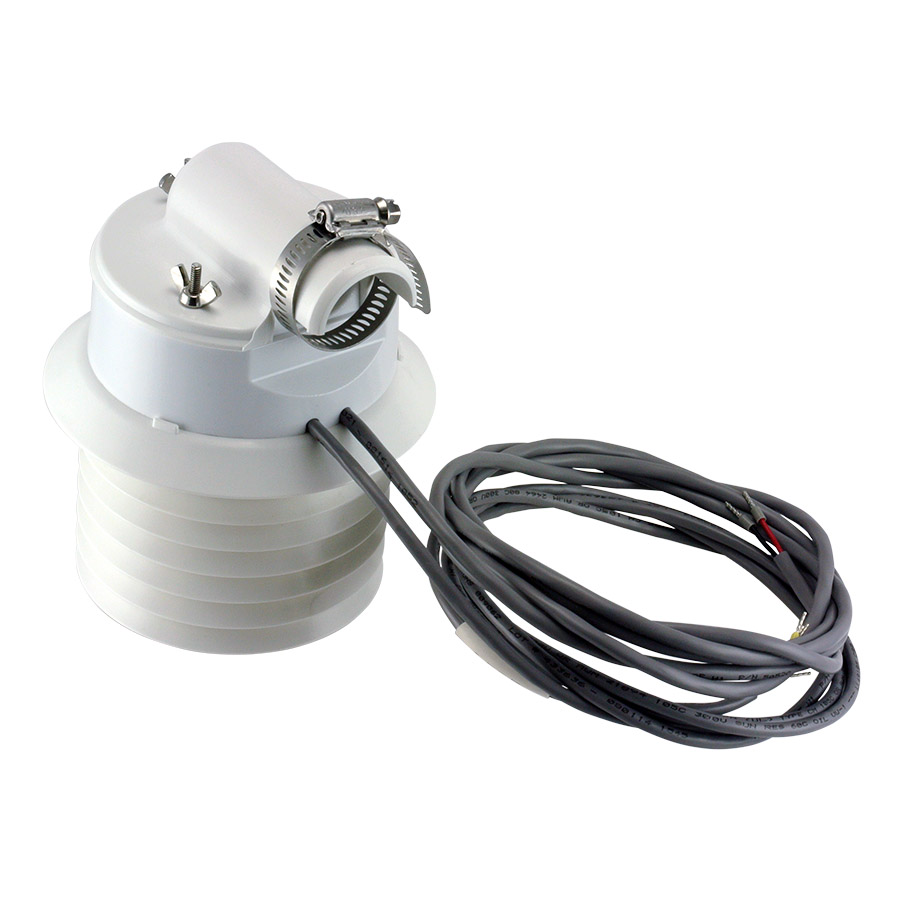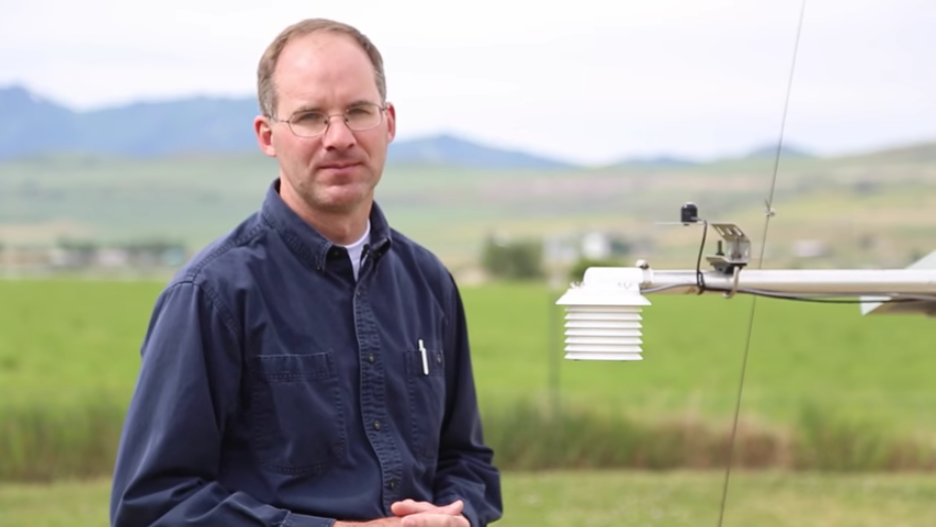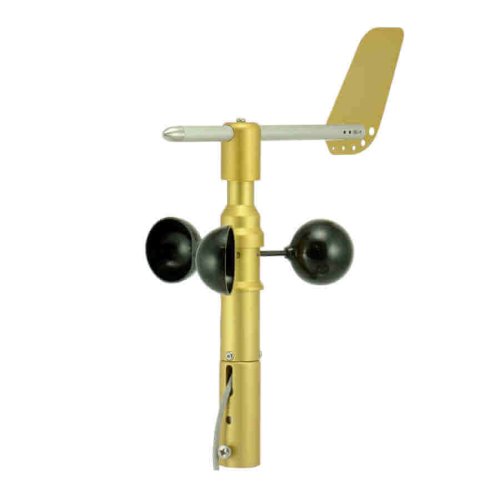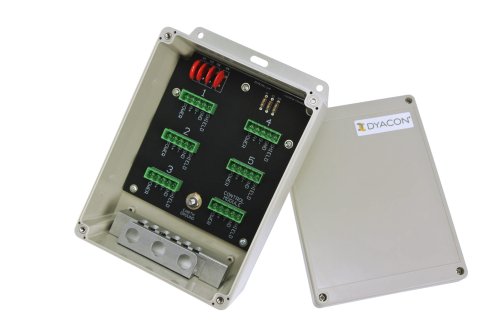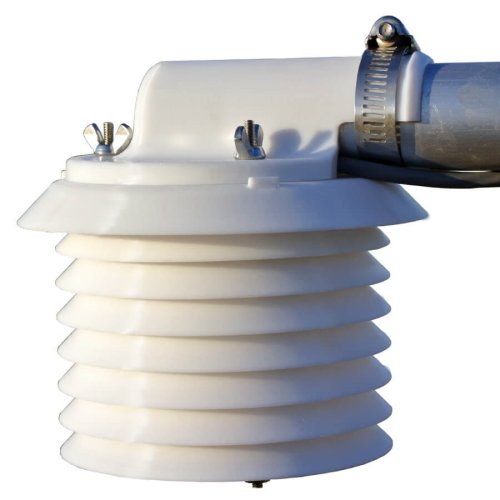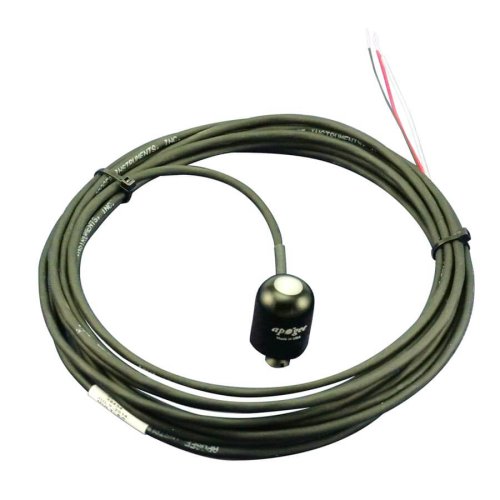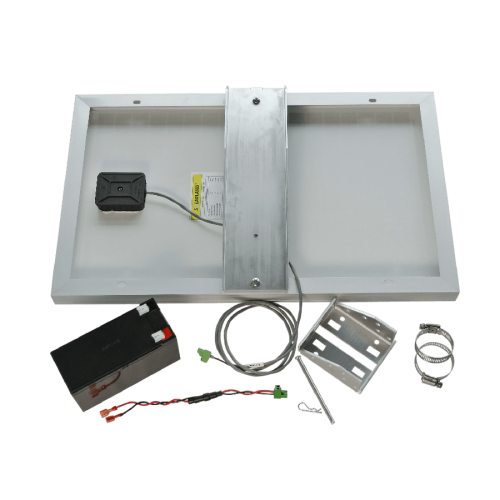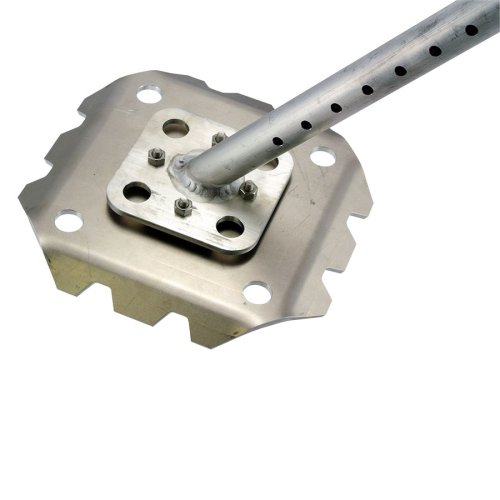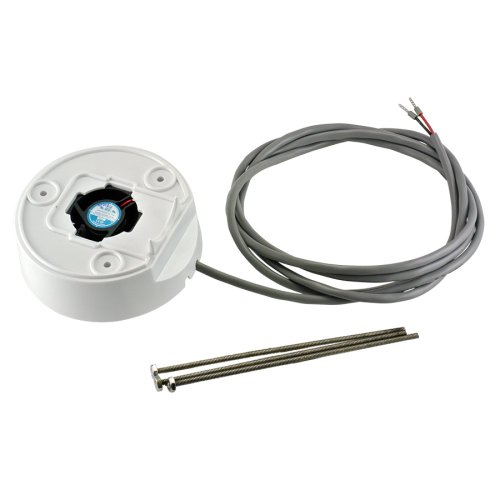Description
Description
Dyacon MS‑130™ is our most popular weather station configuration for aviation applications. This configuration is a turnkey solution for our aviation customers. It includes basic instruments, solar powered, field tripod, and embedded cell phone for fully autonomous operation. MS-130-A™ is an ideal station for small airports, heliports, and fly-in communities.
Check out the Pilot’s Guide for Dyacon weather stations.
Connected
MS‑130-A™ supports both wired and wireless connections. The embedded cell phone uploads to DyaconLive and Weather Underground®. The Modbus RTU port can be connected to a local computer, for redundant weather data display. SMS text message weather reports are provided in two different aviation formats METAR and a plain-language version.
Customizable
MS‑130-A™ includes a control module (data logger), wind sensor, temperature-pressure-humidity sensor, solar power module, embedded cell phone, and mounting hardware. Rain gauge, solar sensor, and aspirator can be added.
Installation
Dyacon weather stations are designed to be installed, configured, and maintained by the end user. No outside contractors needed.
MS‑130-A™ is pre-configure and an aviation system at the factory. Users will need to set north and check the lat-lon and elevation during installation. No programming or specialized skills are required.
Feature Summary
- DyaconLive real-time web portal
- Text message METAR and weather reports
- Easy configuration
- Wind speed and direction
- Real-time gust capture
- 2 min and 10 min wind averages
- Air temperature
- Relative humidity
- Barometric pressure
- Altimeter
- Density altitude
- Estimated Cloud base
- Field tripod and stakes
- All mounting hardware
Other sensors and features may be added to this weather station as needs change. These add-ons include the following:
- Rain gauge
- Solar sensor
- Aspirator
Key Features
Basic Configuration
MS‑130-A™ is a full, ready-to-use weather station for Aviation applications. It ships with a control module, wind sensor (WSD‑1), air sensor (TPH‑1), solar panel, mounting brackets, tripod, and tripod stakes. The first year of cell phone and webportal service is also included.
Rain, solar sensor, and aspirator are options.
Wireless Operation
Dyacon MS-130-A includes an embedded cell phone that provides data upload to DyaconLive and SMS text message weather reports.
DyaconLive can be access controlled, limiting the weather station to registered users or you can enable a public link to place on your organizations website.
Cell phone and web portal service is provided by Dyacon at a reasonable rate. The plan is renewed annually in February.
Wired Data
The control module is equipped with Modbus slave ports for connecting to a local computer running Dyacon Weather Display or Weather Connect software.
Solar Power
A 10 W solar module powers the MS‑130 and charges an internal battery. The system is designed to go five days of normal operation without solar input. An adaptive power algorithm extends critical operation for several more days.
A 20 W solar panel upgrade is available for northern latitudes or locations with low solar input.
Installation
Weather Station MS‑130-A™ is designed to be installed and maintained by the user. Sensors shipped with the unit are preconfigured and tested prior to shipment. Full instructions are provided so that setup can be done by the user without technical support. Videos of the setup process can be found on the Dyacon YouTube channel.
Accessories
The addition of a rain gauge is a common feature. Several options are available. RGTB-525i is a practical solution for most installations.
MS‑130-A includes a 12 V output for the Smart-Fan aspirated air sensor, which improves the temperature accuracy in sunny conditions.
A solar sensor can be added for assessing cloudiness.
DyaconLive supports a web camera upload. Contact Dyacon for camera recommendations or for information on linking your preferred web camera image to your weather station page.
In locations with sandy or rocky soil, sand plates can be mounted to the tripod feet and buried in the sand 8-10 inches. These can also be stack with rocks when the tripod is mounted in rocky conditions where stakes are not possible.
